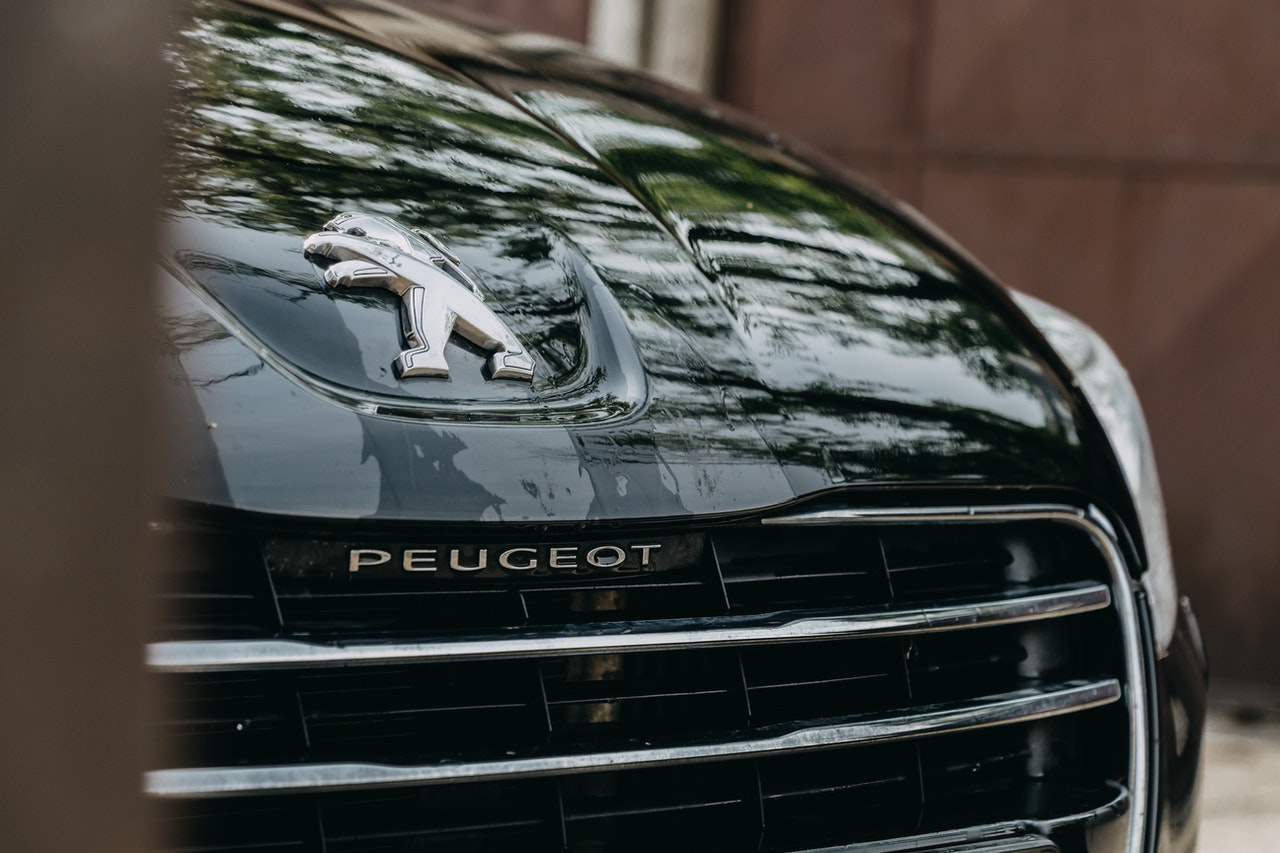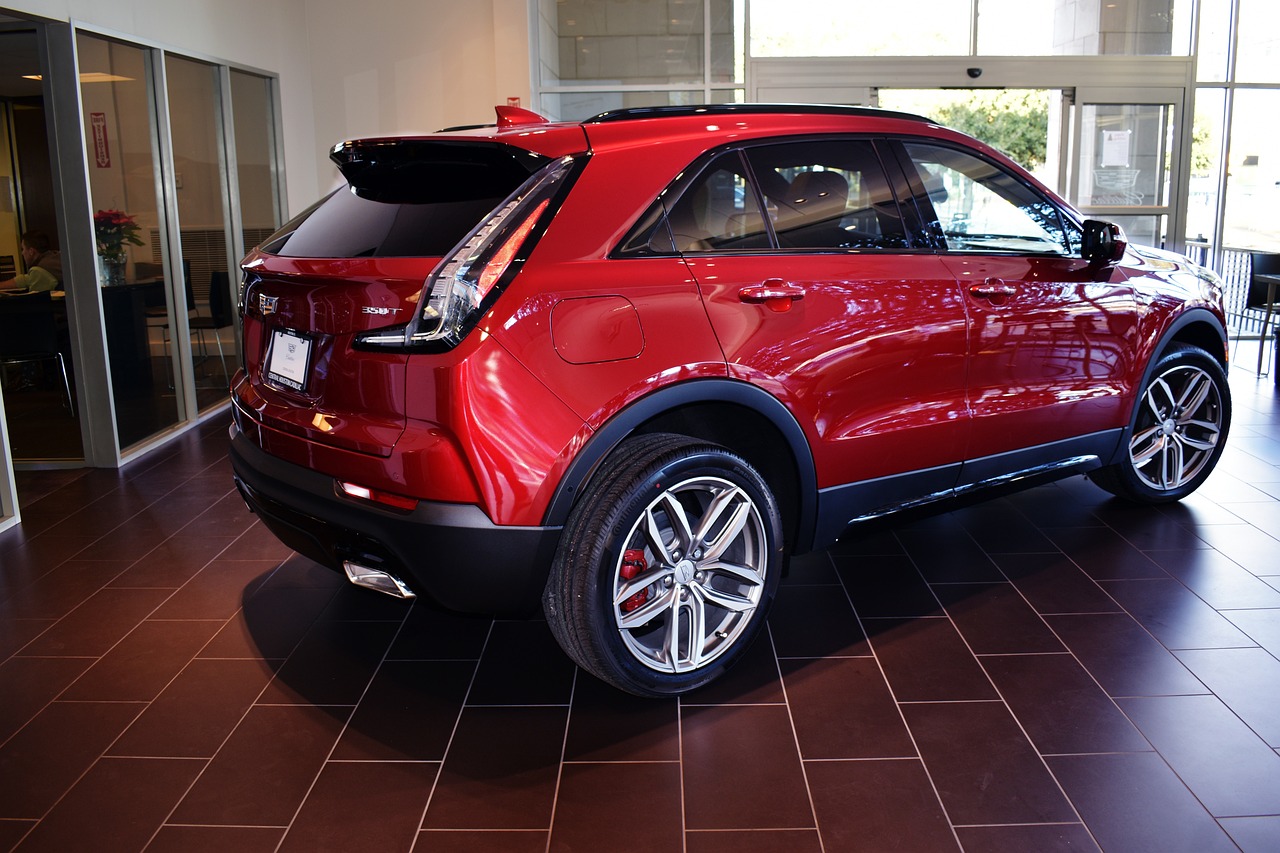We found the following complaints for MERCEDES-BENZ GLE580 (2020)
Read complaints for MERCEDES-BENZ GLE580 (2020)
I purchased a gle 580 in january 2020 with standard 20-inch wheels and tires on the front and rear.this tire/wheel combination is an available option on the gle 350, gle 350 4matic and gle 450 4matic.the operator's manual for all 2020 gle models (and presumably for earlier models) states:1.rotate front and rear wheels only if the wheels and tires are of the same dimensions.2.on vehicles that have the same size front and rear wheels, rotate the wheels according to the intervals in the tire manufacturer's warranty book in your vehicle documents.if this is not available, rotate the tires every 3,000 to 6,000 miles (5,000 to 10,000 km), depending on the wear.the front and rear wheels are indistinguishable from one another and neither is marked 'front only' or 'rear only.'by chance, i discovered the rear wheels have an offset the front wheels do not have, which places the rear wheels further outboard than the front wheels.the offset makes rotating the tires dangerous.only after i discovered this issue did mercedes tell me, 'due to the design of the drivetrain, the front and rear wheels have different offsets, offset is the distance from the hub of the wheel to the center line of the wheel.if you put the front tire/wheels in the back, it will sit further in and can affect the handling of the vehicle.'however, the operator's manual states tires and wheels of the same size front and rear should be rotated.this offset is not something one would expect with tires and wheels of the same size.i asked mercedes benz to agree to correct the operator's manual for gle models affected by this offset and to send notification of the offset issue to vehicle owners and it declined my request.this offset poses a safety risk if gle owners with 20-inch wheels rotate their tires in accordance with the instructions in the operator's manual.
The vehicle has e-active body control (e-abc), which has different drive modes that affect transmission shift points, steering input and suspension.the vehicle has the oe wheels and tires (cooper all-season tires).one drive mode is designated 'curve,' which controls body lean in curves.depending on the setting, curve holds the body upright or slightly leans it into curves, like a motorcycle leaning into a curve.when in curve mode and driving in a curve, the vehicle's safety or accident avoidance mechanisms may unexpectedly intervene for no apparent reason, causing vehicle instability and an unexpected change in the direction of travel.the vehicle begins to yaw in one direction, giving the sensation of sliding on wet or icy pavement, and then the vehicle 'brakes' on one side, 'pulling' the vehicle to that side.sometimes the driver's seatbelt will tighten and occasionally, the 'traction' lamp illuminates in the dash.the road surface is clean, dry and flat and no loss of traction or potential loss of traction occurred.this happens more during casual driving through curves than when aggressively driving through curves.this first time it happened, the vehicle was exiting a curve to the right and then abruptly yawed to one side and the vehicle crossed the center line, before straightening and recovery.on another occasion, the vehicle was entering a curve to the left and it abruptly yawed and was pulled toward the shoulder of the road before straightening and recovery.there have been more than a dozen other instances.the road surfaces have always been clean, dry and flat asphalt pavement.on one occasion a mercedes shop foreman was in the vehicle to witness the event, which he described as an 'intervention.'the mercedes benz dealer has not been able to determine the cause of these occurrences or to fix the problem.
The vehicle has e-active body control (e-abc), which has different drive modes that affect transmission shift points, steering input and suspension.the vehicle has the oe wheels and tires (cooper all-season tires).one drive mode is designated 'curve,' which controls body lean in curves.depending on the setting, curve holds the body upright or slightly leans it into curves, like a motorcycle leaning into a curve.when in curve mode and driving in a curve, the vehicle's safety or accident avoidance mechanisms may unexpectedly intervene for no apparent reason, causing vehicle instability and an unexpected change in the direction of travel.the vehicle begins to yaw in one direction, giving the sensation of sliding on wet or icy pavement, and then the vehicle 'brakes' on one side, 'pulling' the vehicle to that side.sometimes the driver's seatbelt will tighten and occasionally, the 'traction' lamp illuminates in the dash.the road surface is clean, dry and flat and no loss of traction or potential loss of traction occurred.this happens more during casual driving through curves than when aggressively driving through curves.this first time it happened, the vehicle was exiting a curve to the right and then abruptly yawed to one side and the vehicle crossed the center line, before straightening and recovery.on another occasion, the vehicle was entering a curve to the left and it abruptly yawed and was pulled toward the shoulder of the road before straightening and recovery.there have been more than a dozen other instances.the road surfaces have always been clean, dry and flat asphalt pavement.on one occasion a mercedes shop foreman was in the vehicle to witness the event, which he described as an 'intervention.'the mercedes benz dealer has not been able to determine the cause of these occurrences or to fix the problem.
I purchased a gle 580 in january 2020 with standard 20-inch wheels and tires on the front and rear.this tire/wheel combination is an available option on the gle 350, gle 350 4matic and gle 450 4matic.the operator's manual for all 2020 gle models (and presumably for earlier models) states:1.rotate front and rear wheels only if the wheels and tires are of the same dimensions.2.on vehicles that have the same size front and rear wheels, rotate the wheels according to the intervals in the tire manufacturer's warranty book in your vehicle documents.if this is not available, rotate the tires every 3,000 to 6,000 miles (5,000 to 10,000 km), depending on the wear.the front and rear wheels are indistinguishable from one another and neither is marked 'front only' or 'rear only.'by chance, i discovered the rear wheels have an offset the front wheels do not have, which places the rear wheels further outboard than the front wheels.the offset makes rotating the tires dangerous.only after i discovered this issue did mercedes tell me, 'due to the design of the drivetrain, the front and rear wheels have different offsets, offset is the distance from the hub of the wheel to the center line of the wheel.if you put the front tire/wheels in the back, it will sit further in and can affect the handling of the vehicle.'however, the operator's manual states tires and wheels of the same size front and rear should be rotated.this offset is not something one would expect with tires and wheels of the same size.i asked mercedes benz to agree to correct the operator's manual for gle models affected by this offset and to send notification of the offset issue to vehicle owners and it declined my request.this offset poses a safety risk if gle owners with 20-inch wheels rotate their tires in accordance with the instructions in the operator's manual.
Read more











